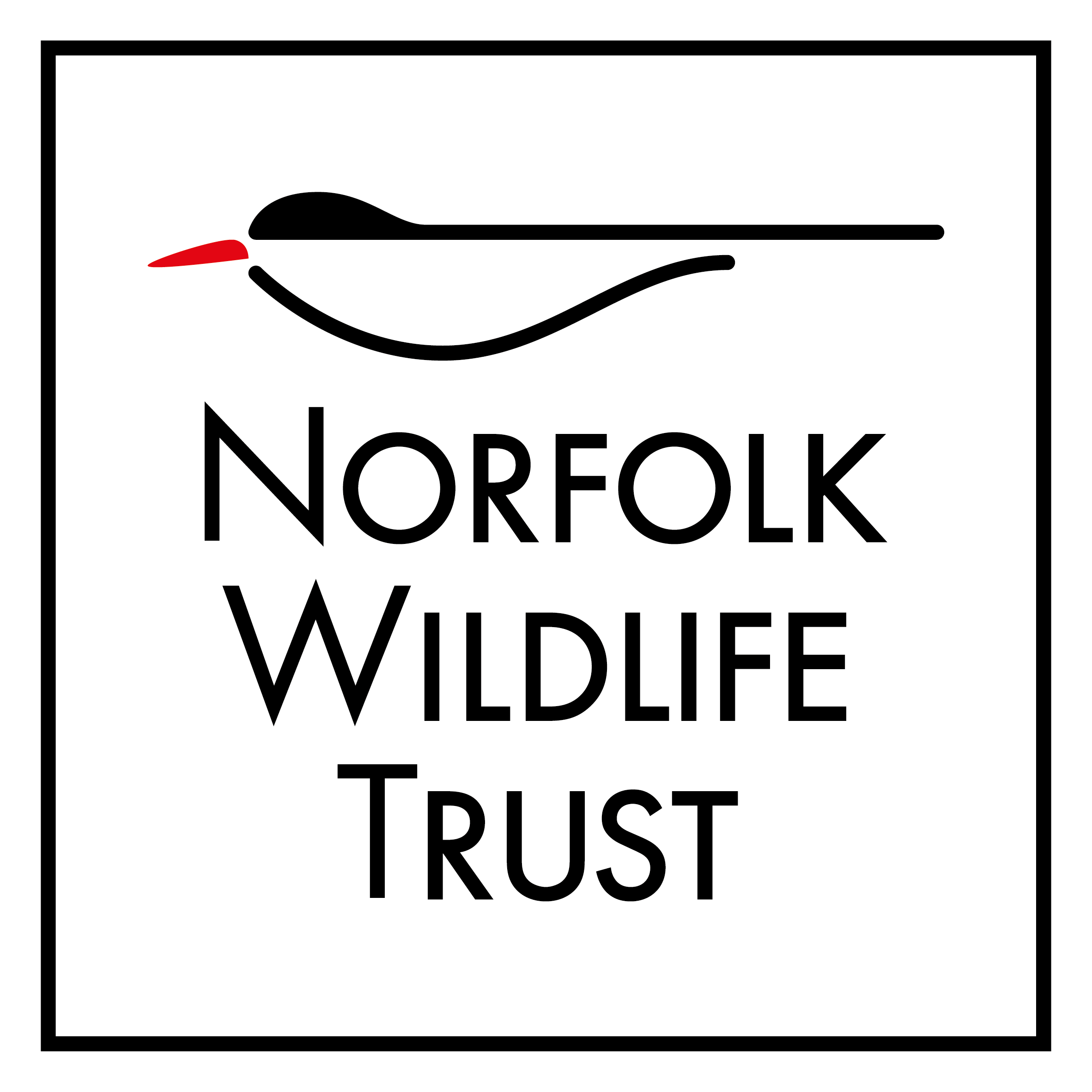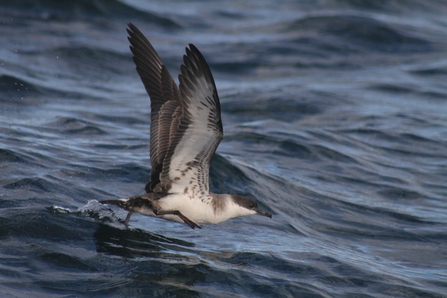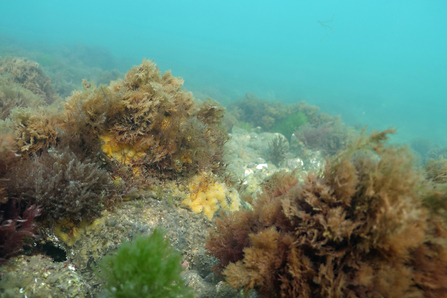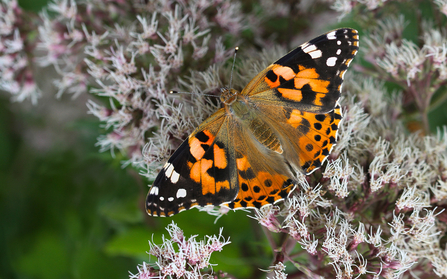Our coast in August can feel a little overcrowded, and with Norfolk’s population almost doubling during the summer holidays, that’s no surprise! But if you know where to look, quiet walks and lonely spots can still be found. The dunes and beaches around Norfolk’s coast, although teeming with holiday-makers, still have lots of wildlife to discover. Our sea and seashore at this time of year is often NWT’s focus for public engagement. Other coastal Wildlife Trusts do the same, and the Royal Society of Wildlife Trusts holds a National Marine Week which runs from 26th July to 10th August. The event highlights how wonderful our seas are and discusses the many challenging issues our seas and oceans are facing.
Here in Norfolk we know all-too-well the threats, as the collision between the cargo ship Solong and the oil tanker Stena Immaculate in March proved. The initial concern was of a massive oil spill, and with such important nature reserves along our coast, it was a worrying time. The oil was, fortunately, contained. The release of tiny plastic pellets known as ‘nurdles’, however, still proved a significant a threat to wildlife. At NWT Holme Dunes not only were millions of these tiny plastic beads washed up, but large charred and melted chunks of the stuff too. These small floating pellets can quickly enter the food chain. Wildlife, particularly fish, ingest them, mistaking them for plankton. They can end up filling their stomachs with fragments of plastic. It is insidious, persistent and highly toxic. However, organised beach cleans by various organisations, including NWT, are carried out year-round, and the continuing efforts of hundreds of volunteers help remove rubbish from our coastline.
Pollution is not the only concern, as average sea temperatures around the British Isles have gradually risen over the last fifty years, and record-breaking warmth has been observed in recent months. This year is shaping up to be the hottest sea temperatures on record. This warming trend is linked to both long-term climate change and short-term marine heatwave events. The UK's seas are experiencing temperatures approaching 2°C above average. This is, of course, changing the wildlife around our coastline. Any sea-angler will tell you about the lack of cod and other cold-water species. Sand eels, the stable diet of puffins, guillemots and many other sea-birds, are in short supply. Warming water temperatures is driving a depleted population further north. It’s shocking to think that blue-fin tuna, leatherback turtle and sunfish have already arrived on our south coast.




